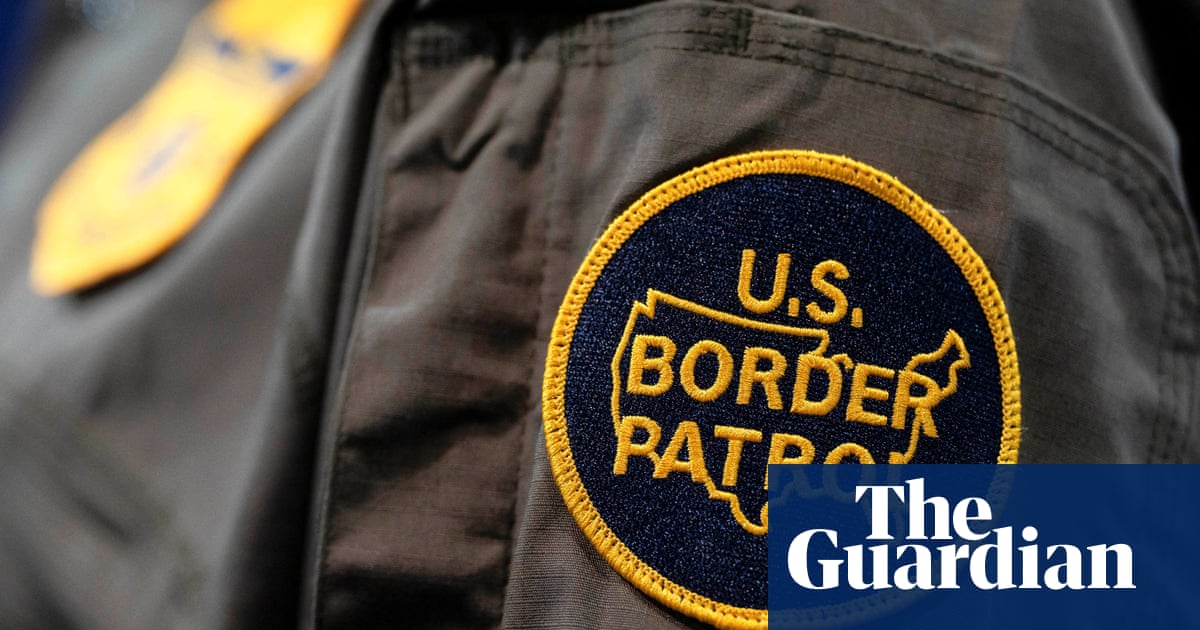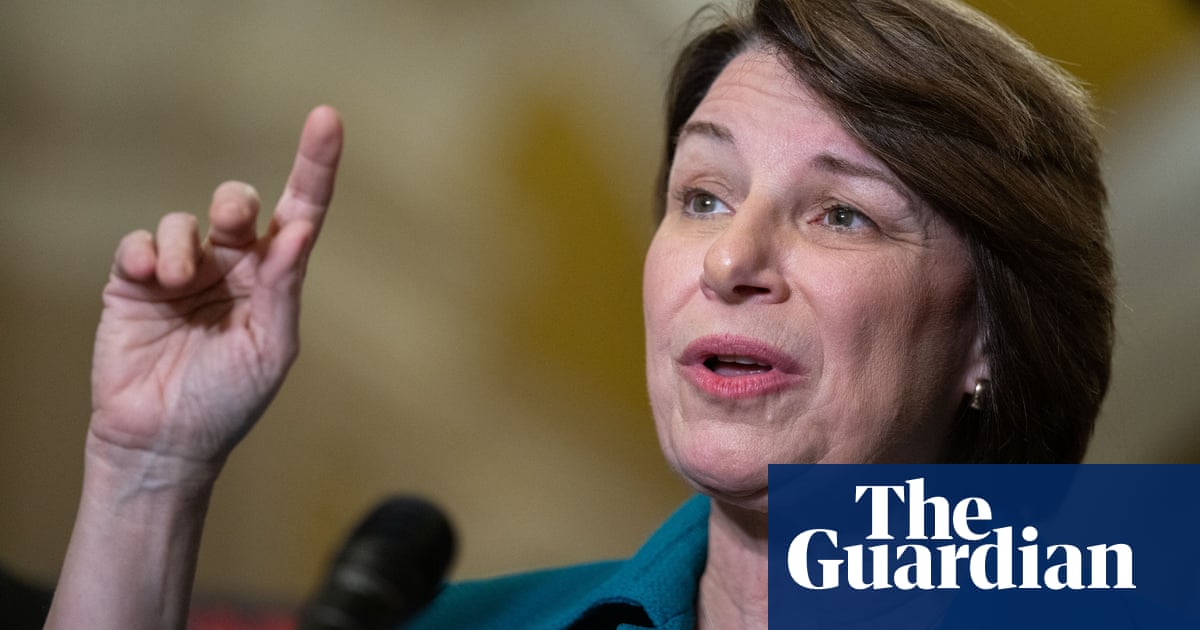A blindfolded woman plucks a numbered wooden ball from a bingo cage as 30 people watch, holding their breath.
She hands it to her supervisor, who holds out the ball marked “001” for the crowd to see.
“One,” reads the supervisor.
The crowd grunts, slumps back in their chairs. One watcher lets out a disappointed “Oh”. Under their breath, another murmurs: “As if they needed it.”
A bingo barrel and a blindfold have just handed the governing Labor party prime position on the Senate ballot paper that will be presented to voters in New South Wales at Australia’s federal election.
Australia has one of the oldest living democracies and its century-old system has held onto some archaic traditions.
A record 18 million Australians will write numbers in pencil (and only pencil) on their paper ballots on or before 3 May, but before that someone has to decide in what order the candidates’ names will appear.

Candidates have to be allocated randomly because the order can matter. In the lower house, voters must number all the candidates in order, and those in first place on the ballot tend to get a bump thanks to those voters who simply list from the top down – the so-called donkey vote.
The more complicated ballot paper for the Senate, the upper house, offers a similar potential advantage.
Ballot order may also help candidates if voters confuse them for another party: some suspect a senator was elected for the tiny Liberal Democrat party in 2013 partly thanks to voters who thought they were voting for the Liberals.
“Where they are on the ballot paper can actually sway people’s votes, so it’s important that we’re not involved in terms of where they actually get placed in the ballot paper,” says Rebecca Main, the NSW officer for the Australian Electoral Commission (AEC).
That’s where the bingo barrel comes in.
‘A bit nerve-racking’
By noon on Friday, 30 people including candidates, staffers and members of the public have assembled for the NSW Senate draw in the ground-floor conference room at Sydney’s Masonic Centre, itself home to century-old traditions of the freemasons.
The same process plays out across the country, determining the order of appearance for all 150 lower house seats and the Senate candidates in each state and territory.
The walls are decked in a garish yellow carpet, a purple LED glow emanates from the ceiling and brown leather chairs face a black-curtained stage.
“On Monday 31 March 2025, a writ was issued,” Main begins, holding up the physical sheet of paper with the writ, or instruction to hold an election.

As required by law, she reads out the names and hometowns of the 56 candidates fighting for one of the six NSW Senate seats up for election – a roll call lasting seven minutes.
Then the ballot draw begins.
Joining Main onstage are her serious AEC colleagues Natalie, donning the blindfold, and Nicole, guiding Natalie’s hand into the bingo cage.
The procedure runs smoothly – Main and the blindfolded Natalie worked together on the 2022 draw and the team rehearsed the night before – though Natalie later admits the cameras make her democratic duty “a bit nerve-racking”.
There are four draws: one to assign a random number to each party, then another draw to assign each party to a ballot spot, and then a repeat to allocate positions to candidates running as individuals.
Main turns the container handle and invites attendees to give it a spin as well. For most of the half-hour ceremony, the only sounds are Main’s scripted lines, dutifully delivered, and the squeak and clatter of the rotating bingo barrel.
‘Everything is a bit low-tech’
While the esoteric process delivers Labor first spot, the lone ALP representative in attendance is not authorised to talk to media, and attendees from the Coalition (drawing 14th) and Greens (drawing dead last 18th) do not stick around once the draw is done.
Minor party candidates, though, welcome the chance to attend and even dress for the occasion.
Michael O’Neill, a candidate for the Heart party, has seen the process at two elections already and says it does the job.
“It’s a fair process so I can’t fault it,” he says. “Everything about the AEC is bit low-tech.”
Warwick Stacey from One Nation, is wearing a bright orange jacket (party colours) and attending a ballot draw for the first time.
He says it is “extremely democratic” and better than an electronic system.
“Digital systems can be manipulated,” he says.
The low-tech approach is also welcomed by Emanie Darwiche, one of the the youngest in the room and a candidate for Australia’s Voice, the new party of the former Labor senator Fatima Payman.

“I thought maybe it would be coding, sort of numerical, [but] it’s nice to see it’s the old fashioned way,” she says. “There’s nothing wrong with going back to old-school.”
The Trumpet of Patriots candidate Sylvana Nile, in a dark teal wraparound silk suit, agrees.
“We’ve got to be dignified,” Nile says. “We’re seeing a lot of degradation in the government and we’ve got to restore that standard.”
Only twice is the solemnity broken: once by disappointed mutters when Labor draws first place and once by appreciative chuckles when One Nation’s Stacey, for the fourth and final time, rises from his front row seat to exercise his democratic right and give the barrel yet another vigorous randomising spin.
His enthusiasm earns a smile even from the expressionless AEC officials, satisfied with a job well done.
Now over to the voters.

.png) 1 week ago
10
1 week ago
10













































